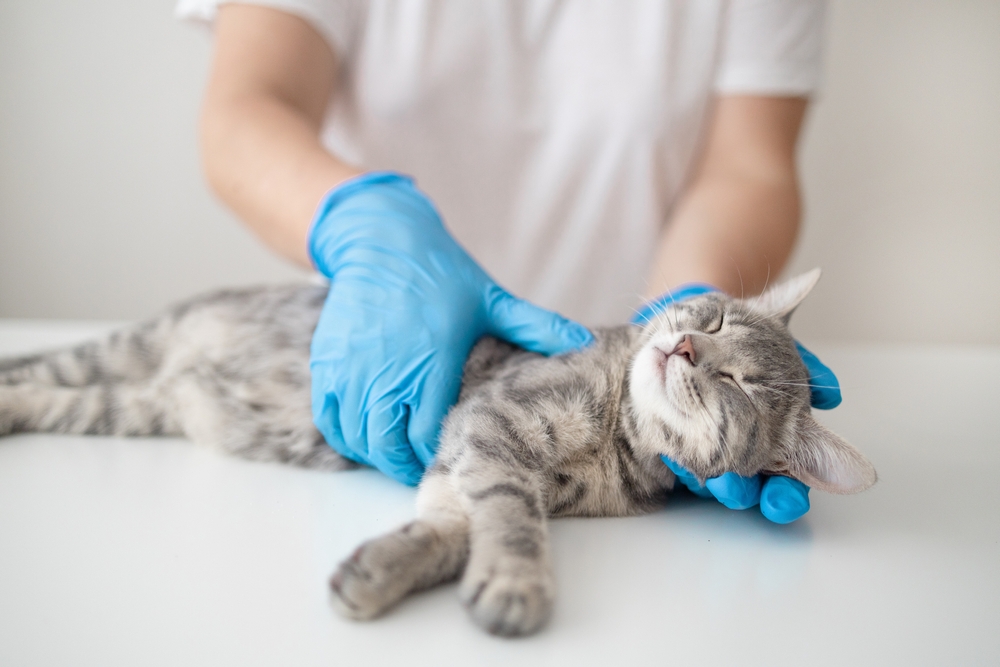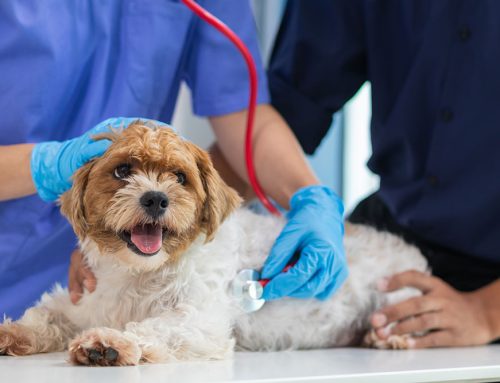their pet being “put under” can elicit nervous feelings. Some veterinary procedures need to be performed with your pet under anesthesia, and while it’s normal to worry about your pet, it should not be a reason to deny them the veterinary care they need. Our team at Liberty Animal Hospital wants to help relieve your fears by explaining the benefits, risks, and safety measures we take when your pet requires anesthesia.
What is veterinary anesthesia?
Veterinary anesthesia refers to a state of deep sedation or unconsciousness during which your pet is unable to feel pain. The type and administration of anesthesia depend on your pet’s procedure. Anesthetic agents can be administered by injection under the skin, intravenously, or by inhalation. The two forms of anesthesia include
- Local anesthesia — Local anesthesia induces temporary localized numbness without causing your pet to fall asleep. To calm your pet before local anesthesia is administered, your veterinarian may give them a mild sedative. Local anesthesia may be used to remove a small growth, perform a biopsy, suture a small cut, or for other types of quick and minimally painful procedures during which unconsciousness is not required.
- General anesthesia — General anesthesia is used for more invasive types of surgeries or procedures that are likely to be painful and require deep sedation or unconsciousness—for example, repairing a broken bone or surgery involving the abdominal or chest cavities.
Sometimes, local anesthesia is used with general anesthesia for the same procedure to reduce the amount of pain your pet experiences when they wake up from general anesthesia.
When does my pet need anesthesia?
From routine dental cleanings to broken bone repair, many veterinary procedures require anesthesia to ensure they are completed accurately, efficiently, and painlessly. Your pet may need to be anesthetized for the following procedures:
- Dental cleaning
- Tumor biopsy or removal
- Surgery
- Spay or neuter
- Some diagnostic imaging (e.g., magnetic resonance imaging [MRI], X-ray, or gastrointestinal endoscopy)

What are the benefits of anesthesia for pets?
First and foremost, anesthesia keeps your pet relaxed and pain-free. If your pet has an injury that is too painful to be examined while they are awake, anesthesia allows your pet’s veterinarian to perform a thorough examination. Placing a splint or cast on a broken leg, taking X-rays of a new injury, and cleaning and dressing a serious wound can all be accomplished more efficiently and painlessly with the use of anesthesia. Anesthesia also keeps your pet still, allowing the veterinary surgeon to complete the procedure with more precision.
What are the risks of anesthesia for pets?
As with any medical procedure, anesthesia is not without risk and a pet who reacts negatively to anesthetic medication can experience fluctuations in their heart rate, breathing, or blood pressure. However, veterinary professionals mitigate this risk by taking the time to evaluate your pet’s health and creating a tailored anesthetic plan for them. Before administering anesthesia to your pet, our veterinary team will perform a thorough physical examination, review your pet’s medical history, and perform any necessary blood tests based on your pet’s anesthetic risk. For most pets, the benefits of anesthesia far outweigh the minimal associated risks.
What is involved in my pet’s anesthetic process?
Our veterinary team uses standard anesthesia safety protocols and takes every precaution to ensure your pet’s safety from their pre-medication to post-procedure recovery.
- Pre-medication — First, your pet will be given pre-medications that includes a sedative and analgesic to help them relax.
- Intravenous catheter — After sedation, an IV catheter will be placed to administer fluids and medications
- Endotracheal tube — An endotracheal tube will be placed in your pet’s trachea to ensure their airway remains open during the procedure. Many commonly used anesthetics are given through this tube.
- Anesthesia — Anesthesia is administered—usually as an injectable medication and anesthetic gas—to ensure your pet’s safety and comfort.
- Electronic monitoring — Throughout the entire procedure, your pet’s vital signs—heart rate, blood pressure, body temperature, and respiratory function—will be closely monitored.
- Pain management — Your pet will receive medication to manage their pain as they recover.
- Anesthesia recovery — During anesthetic recovery, your pet will be closely monitored in a warm, quiet location until they are fully conscious and alert. Your veterinarian will discuss your pet’s postoperative instructions before you take them home.
We hope this detailed explanation helps alleviate your anesthesia fears. Contact our Liberty Veterinary Hospital team with any questions about your pet’s upcoming procedure and our anesthetic protocols.








Leave A Comment